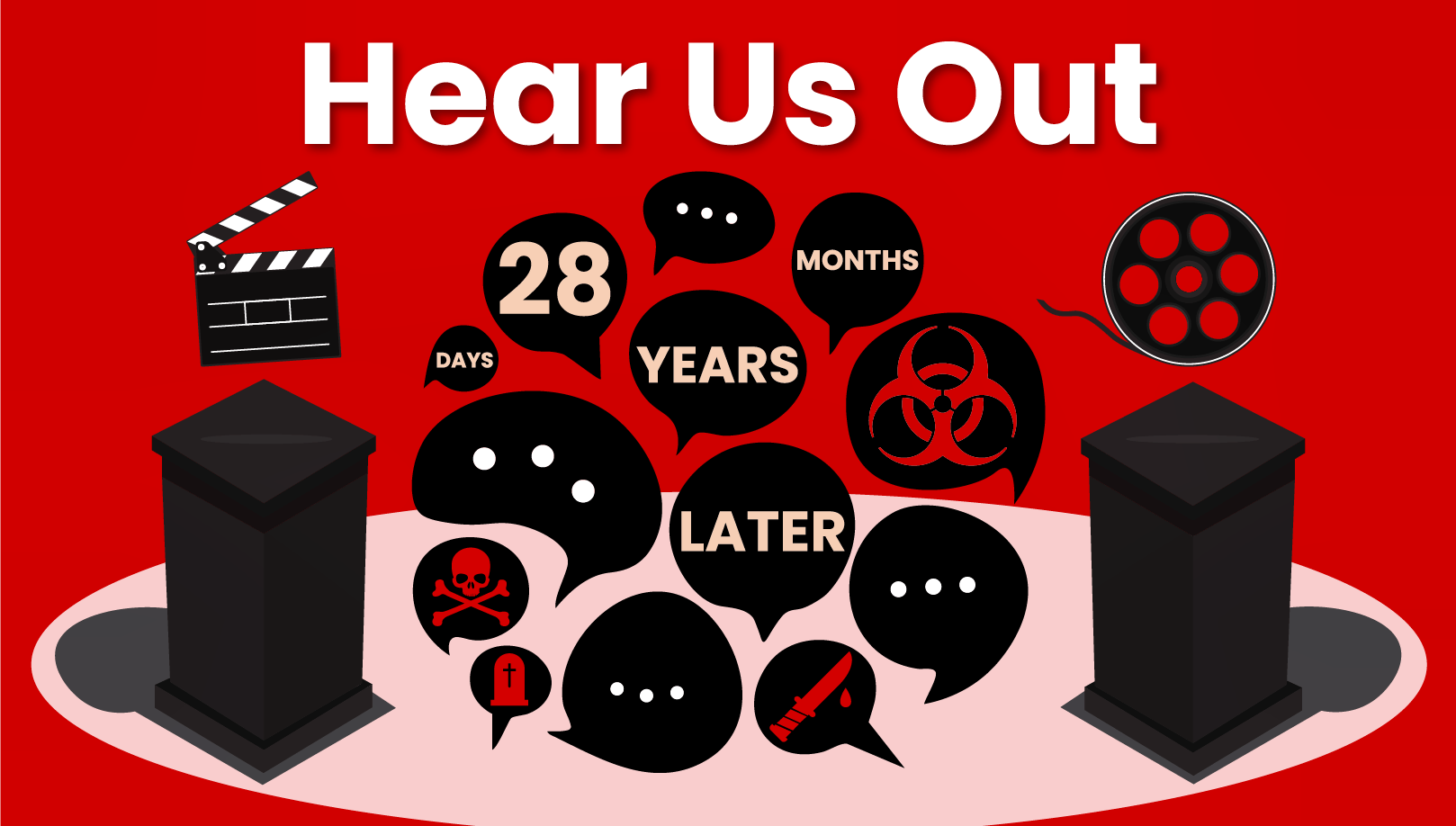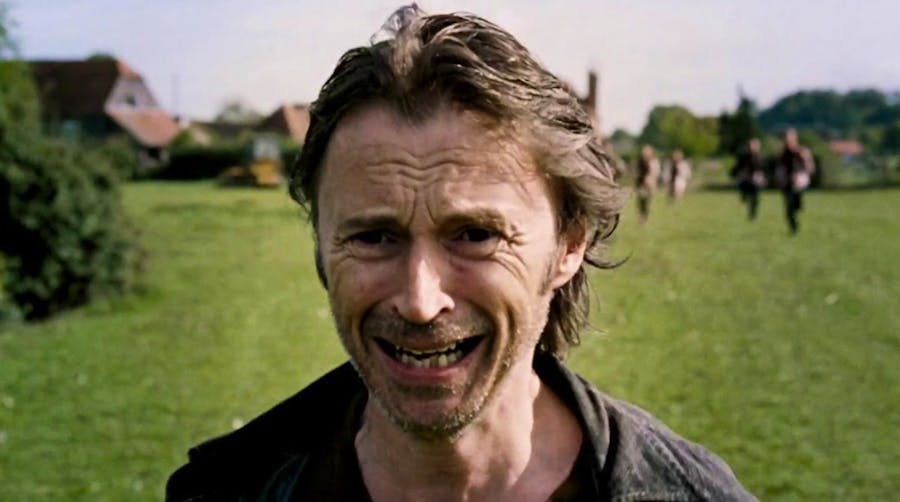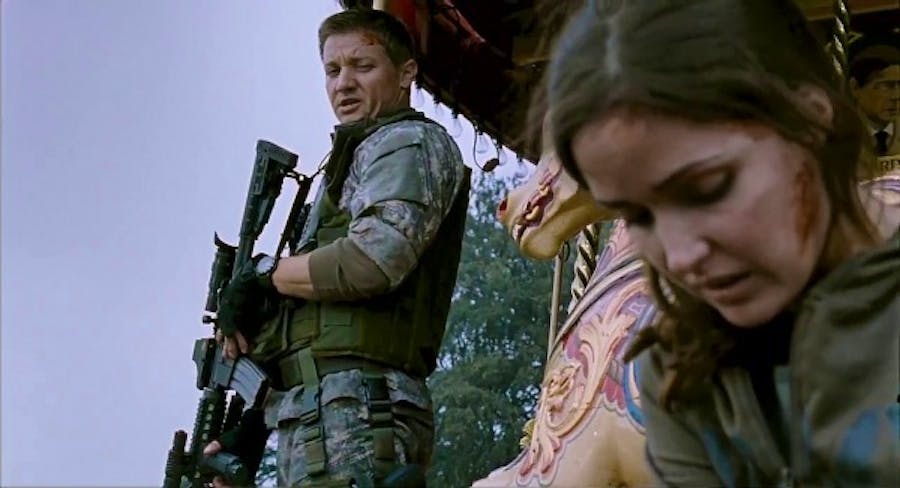Hear Us Out - 28 Weeks Later is a great sequel
Time didn’t heal anything.

There’s no getting around it - 28 Days Later is one of the all-time great zombie movies. And yes, despite what original director Danny Boyle might occasionally say, it is a zombie movie.
Days burst onto the scene like a vicious, rage-filled ghoul, terrifying audiences and instantly reinvigorating an old, shambling genre, and it’s since come to be regarded as an unassailable horror masterpiece. A sequel was, perhaps, inevitable, but any sequel was always going to have a lot to live up to.
And here’s the thing: 28 Weeks Later deserves way more respect than it usually gets. Often dismissed as a lesser entry in the series - or forgotten about entirely - it’s actually an equally scary, equally emotional experience, and it manages to expand the world in some really interesting ways.
So hear us out - 28 Weeks Later is just as good as 28 Days Later, and we’re about to show you why.
Big shoes to fill - the legacy of 28 Days Later

The impact of 28 Days Later on the zombie genre can’t be understated. There hadn’t been a decent zombie movie since the early ‘90s, and the genre was practically as old and dead as one of its crumbling ghouls.
Then came 28 Days Later, a lean, mean apocalyptic thriller from British creators Danny Boyle and Alex Garland, and all of a sudden zombies were popular again. In fact, they were everywhere.
Throughout the 2000s you couldn’t visit a cinema without some undead creature trying to gobble your brains - Shaun of the Dead, Zombieland, World War Z, Resident Evil - the list is endless. And without 28 Days Later, and the zombie boom that followed it, you can be sure that you wouldn’t have The Walking Dead or The Last of Us.
It also helped launch the careers of some huge talents, like writer Garland (Ex Machina, Civil War) and star Cillian Murphy (Peaky Blinders, Oppenheimer).
Not to mention the fact that it’s just a brilliant film, and still holds up today. Its themes are timelessly horrific, its monsters genuinely terrifying and its now-iconic shots of a desolate, empty London have even more impact following the Covid-19 pandemic. The only thing that might date it - the use of cheap digital cameras - actually adds to the gritty, street-level realism, and only helps make the whole experience even scarier.
A true masterpiece, and some whopping great shoes for a follow-up to fill.
The secret to making a great sequel
How do you make an effective horror sequel? You could just do the same thing over again, with a new cast of disposable characters - a strategy that worked pretty well for the slasher movies of the ‘80s and ‘90s.
Or you could try something new, and keep the franchise fresh. You could take the best bits of the original movie and expand them, changing the tone and the scope in the process. You could make everything bigger.
James Cameron did it when making his sequel to Alien - Ridley Scott’s original tense, claustrophobic space slasher became Aliens, an epic sci-fi action extravaganza. He did it again with his own sequel to The Terminator too.
And that’s exactly what the creators of 28 Weeks Later did, taking the same kitchen-sink family drama of Days and mixing in a healthy dollop of blockbuster Hollywood action.
Where Days was a quiet, sombre look at the apocalypse, Weeks is a full-on war movie, wearing its timely Iraq War influences on its sleeve (occupying US soldiers, London’s Isle of Dogs becoming a ‘Green Zone’). It even has Jeremy Renner, a year before his big break in Kathryn Bigelow’s war epic The Hurt Locker.
And speaking of the cast…
What 28 Weeks Later got right

Jeremy Renner! Rose Byrne! Idris Elba! The cast of 28 Weeks Later is incredible, and each of these great actors brings some much-needed weight to the proceedings.
None more, though, than Robert Carlyle as cowardly dad Don, who shines in that absolutely outstanding opening sequence, in which the farmhouse sanctuary he shares with his wife and a handful of other survivors is besieged by a horde of ravening infected.
He also gets to go wild later on, when his vengeful wife - a carrier of the rage virus - returns and infects him. The true masterstroke of the movie is that Don’s story doesn’t end there. We still check in with him occasionally, running with the horde and menacing his surviving family, all of it shot over his shoulder, shaky-cam style, to give us an idea of what it might actually be like to be one of these infected.
It’s a cool addition to the overall lore of the series - as is the concept of carriers, and the spread of the virus into mainland Europe. Of course, that’s completely undone by the new movie, but you can’t hold that against it.
Why 28 Weeks Later deserves more respect
While some of the criticisms levelled at 28 Weeks Later (that it’s too Hollywood, that it lacks the scrappy energy of the original) are, to some degree, justified, it definitely doesn’t deserve to be written off as a cheap cash-grab sequel.
There’s some real ambitious storytelling here, and some great ideas. The choice to have Don - who you’d assume is the main character - be an outright coward from the offset, and then be turned into a monster halfway through, is genius.
And the switch in tone from lean, nasty horror to gun-toting action is executed beautifully, while never dialling back the violent, visceral scares. If anything, the gore in Weeks - boosted by a bigger effects budget - is even more gruesome than Days.
After all, you were never going to get a scene where a helicopter decapitates a hundred zombies in such a low budget affair as 28 Days Later.
Still not convinced? Why not have a double-bill and decide for yourself? 28 Days Later is available to watch on BBC iPlayer and NOW, while 28 Weeks Later can be streamed on Netflix, Prime Video or Disney+.
Plus, 28 Years Later, which sees original creators Danny Boyle and Alex Garland return to the series, is now playing in cinemas.















